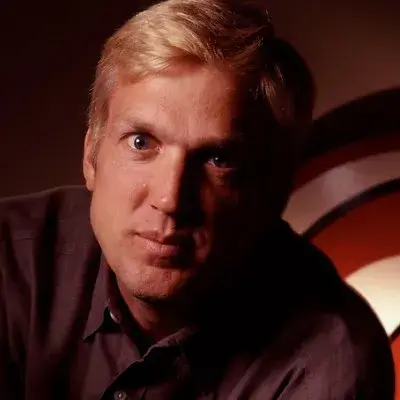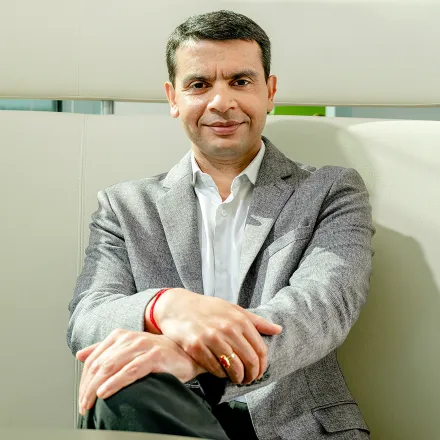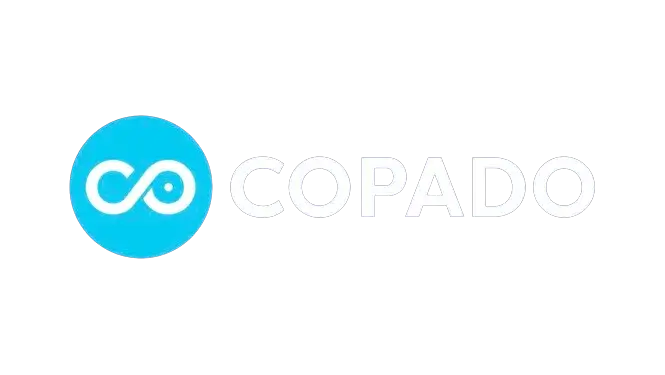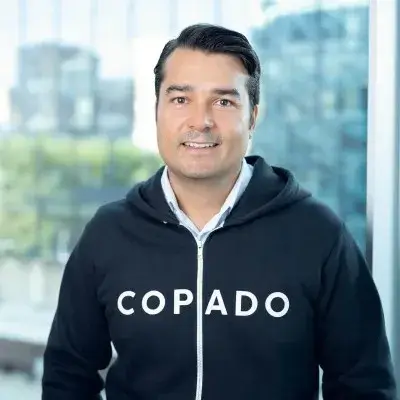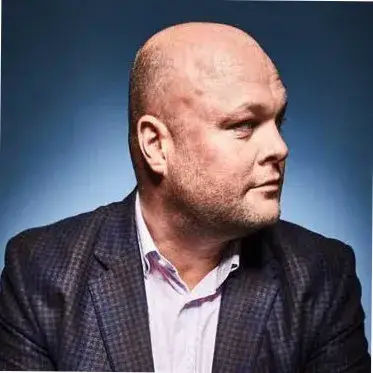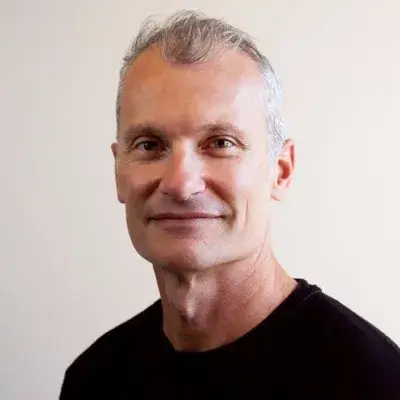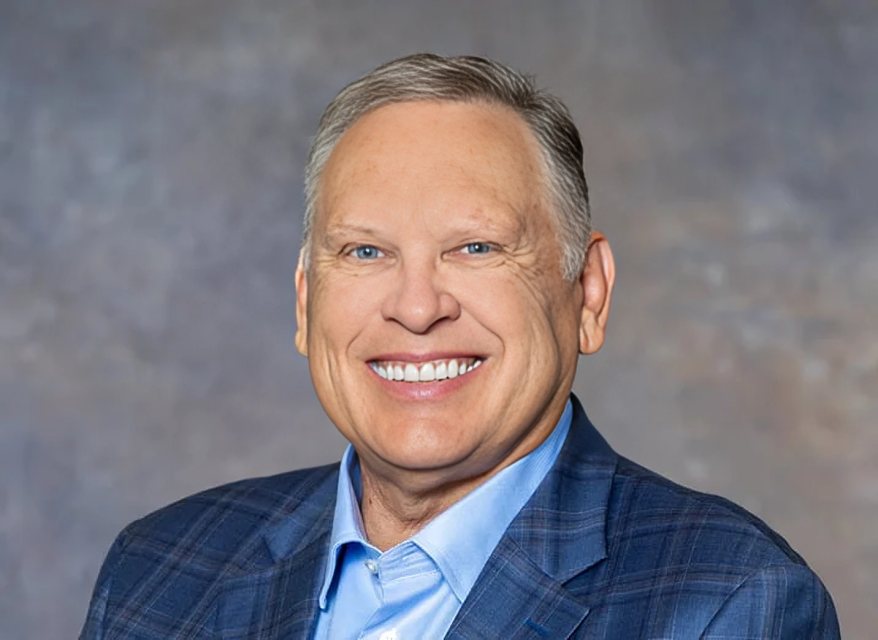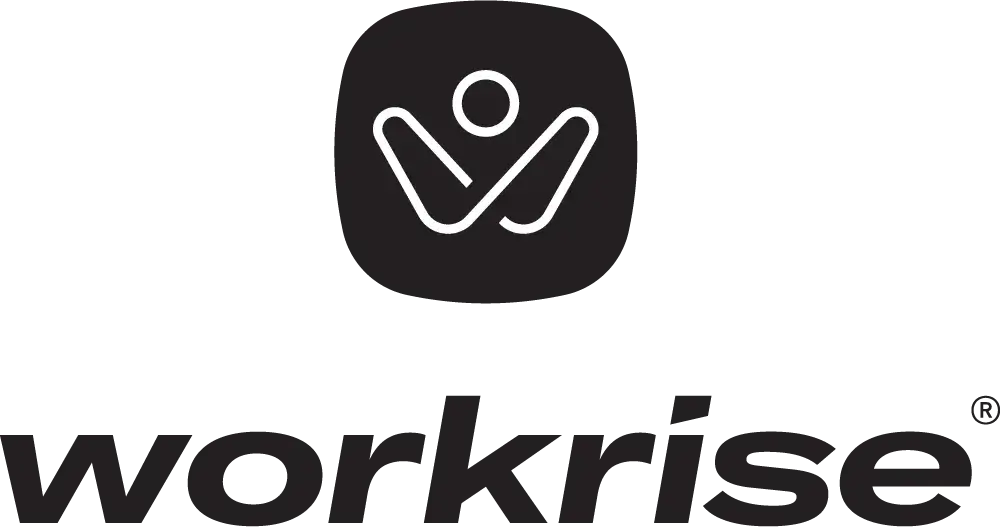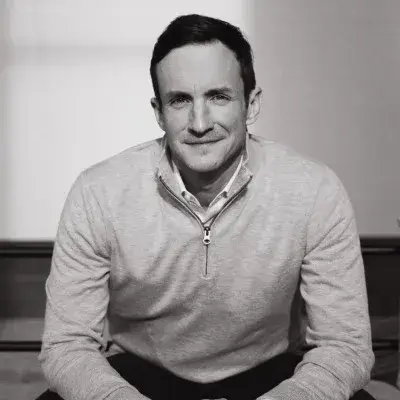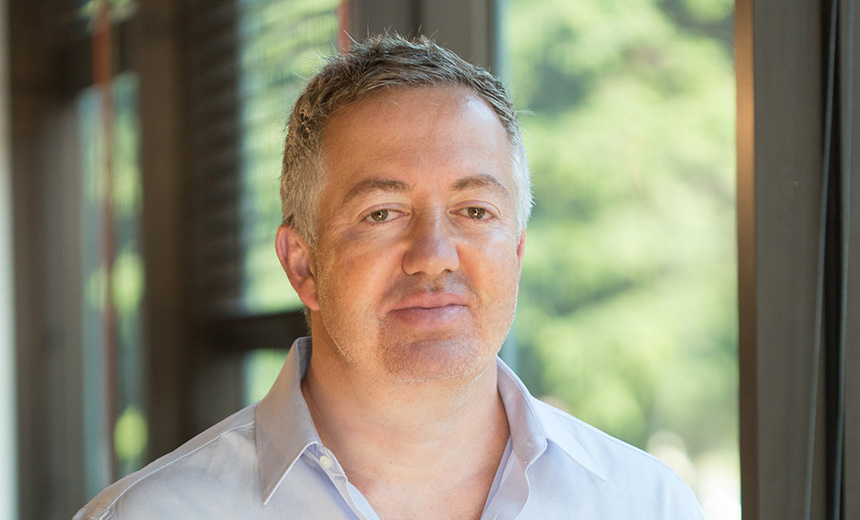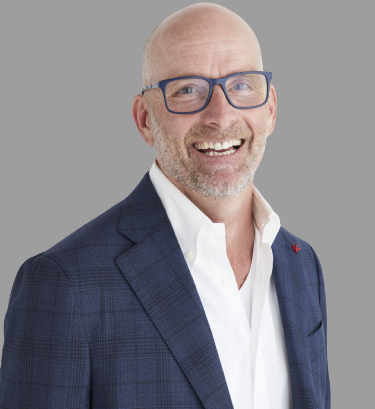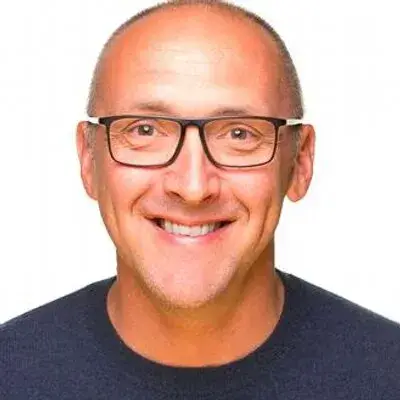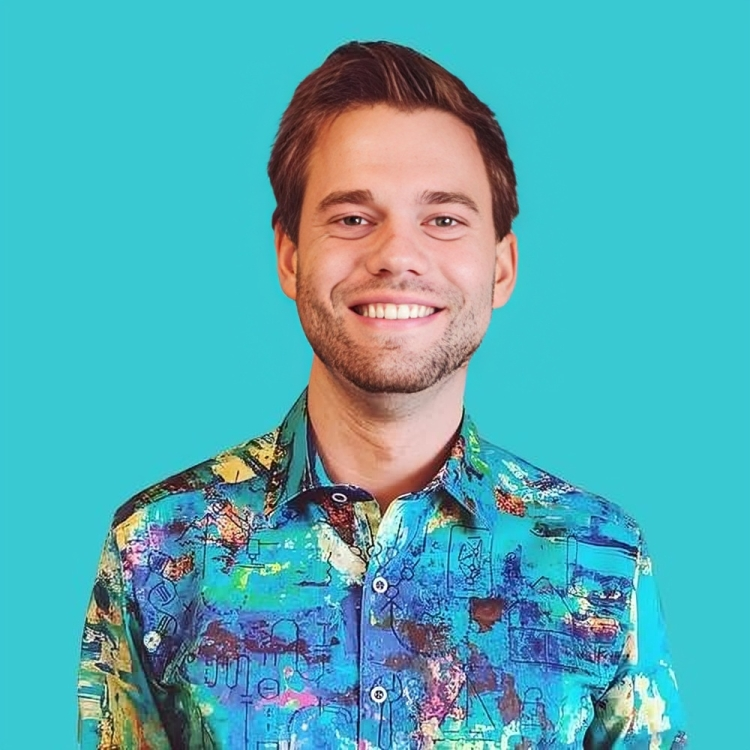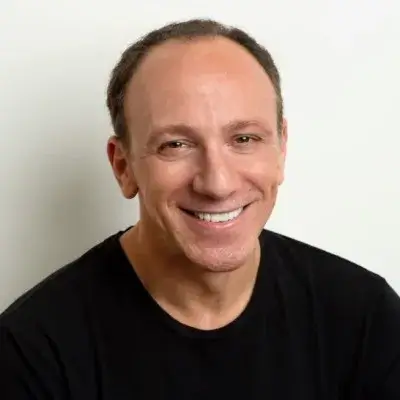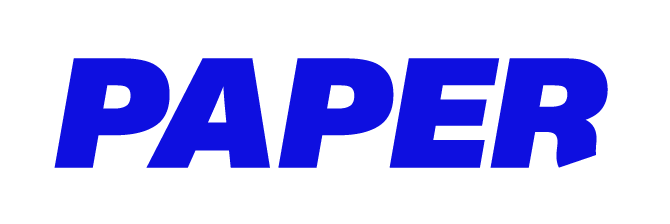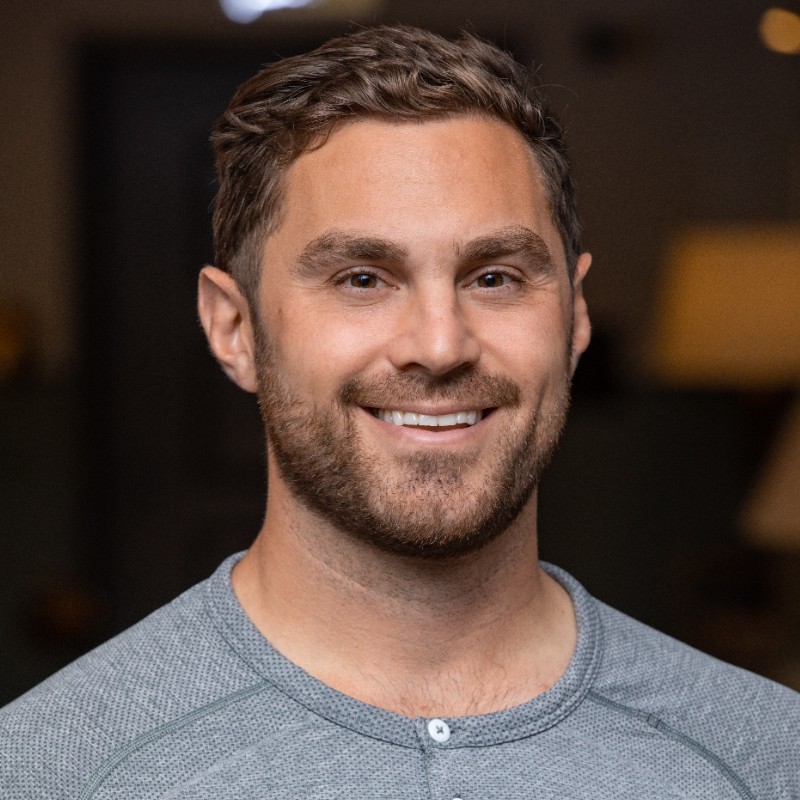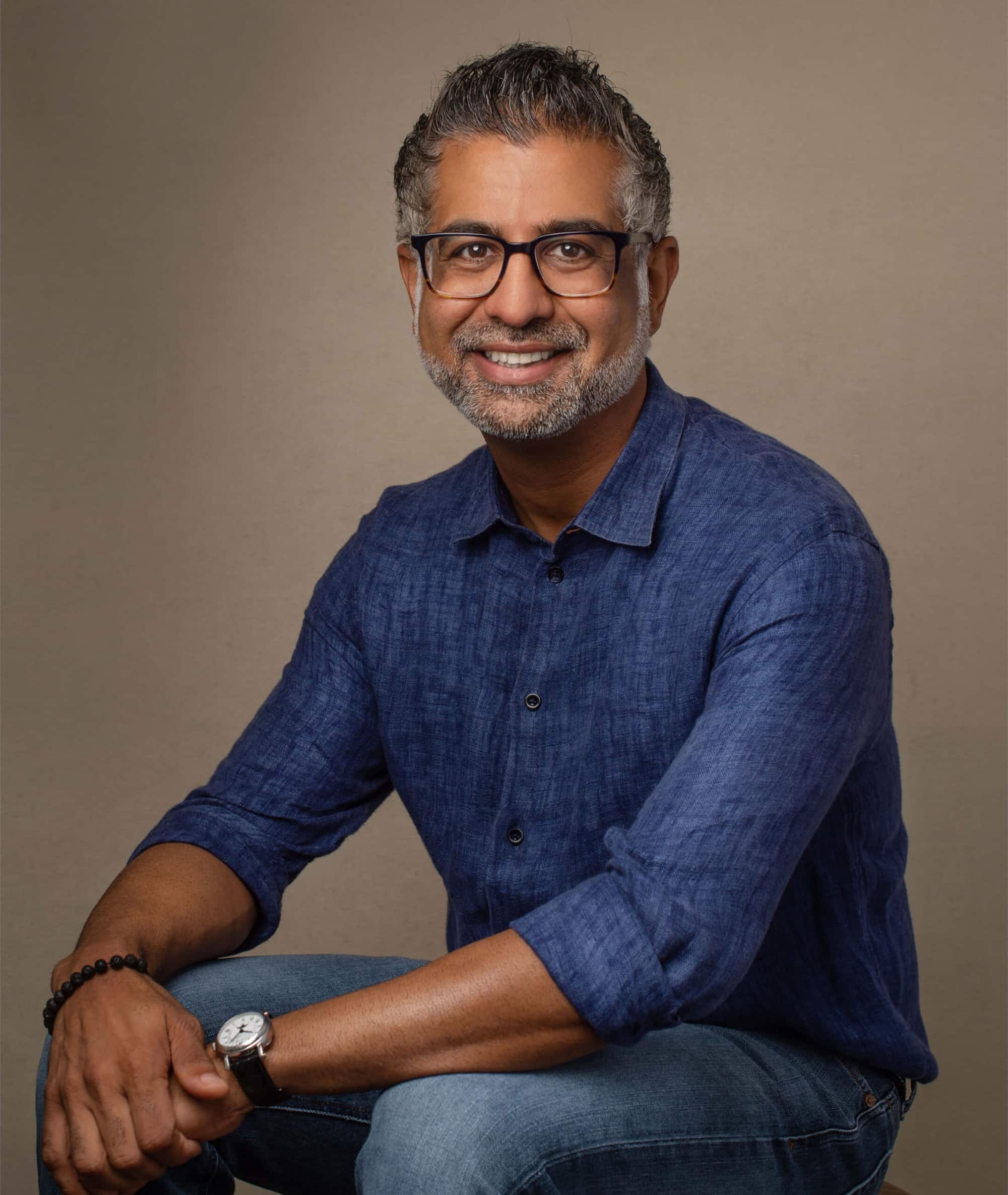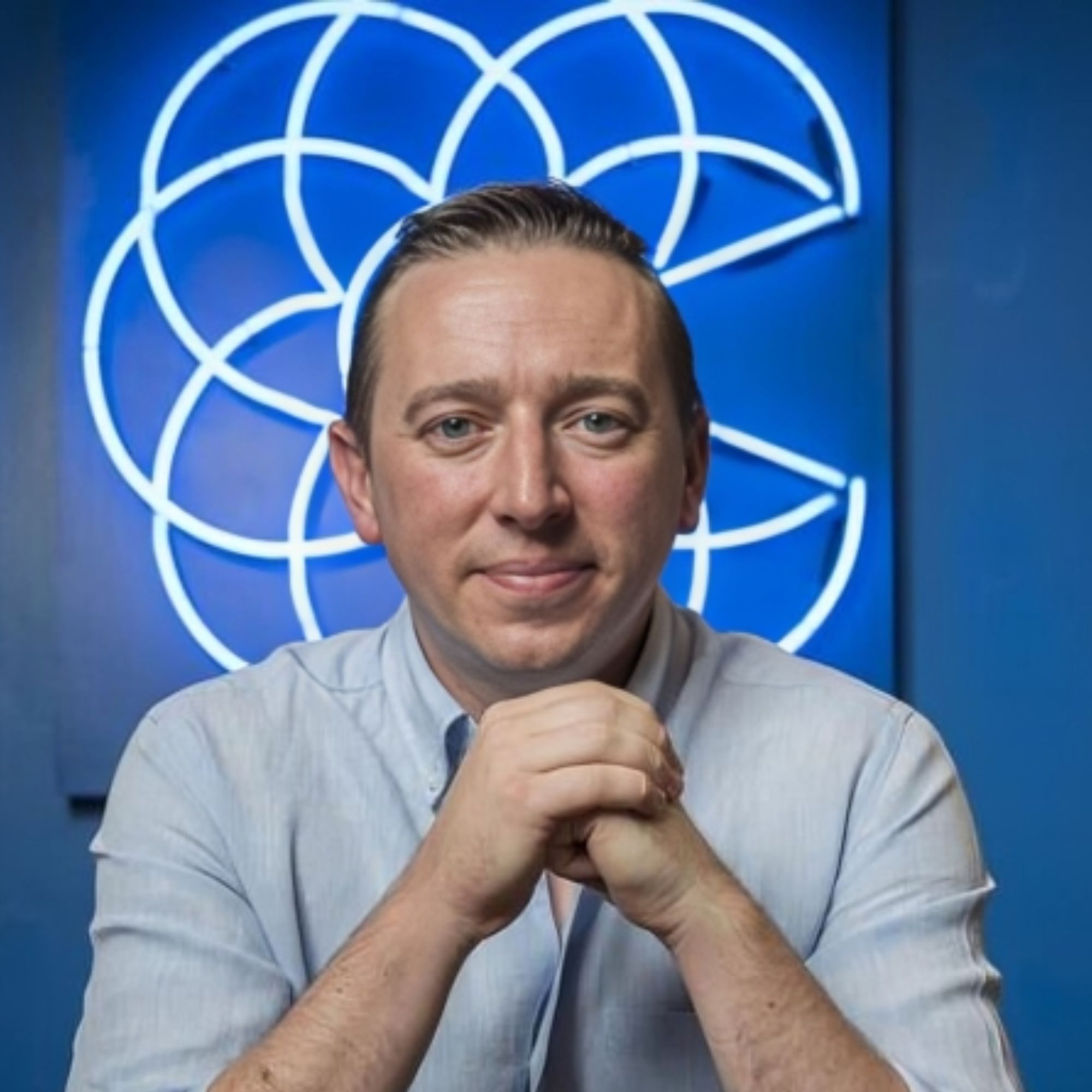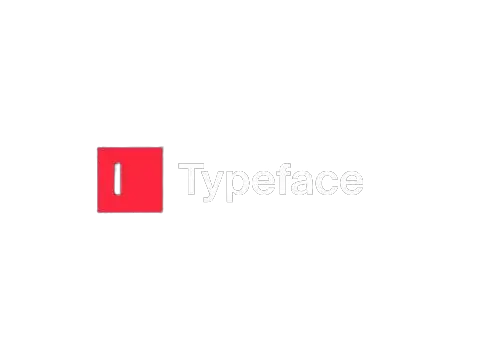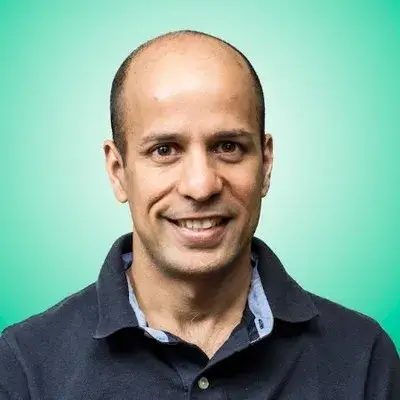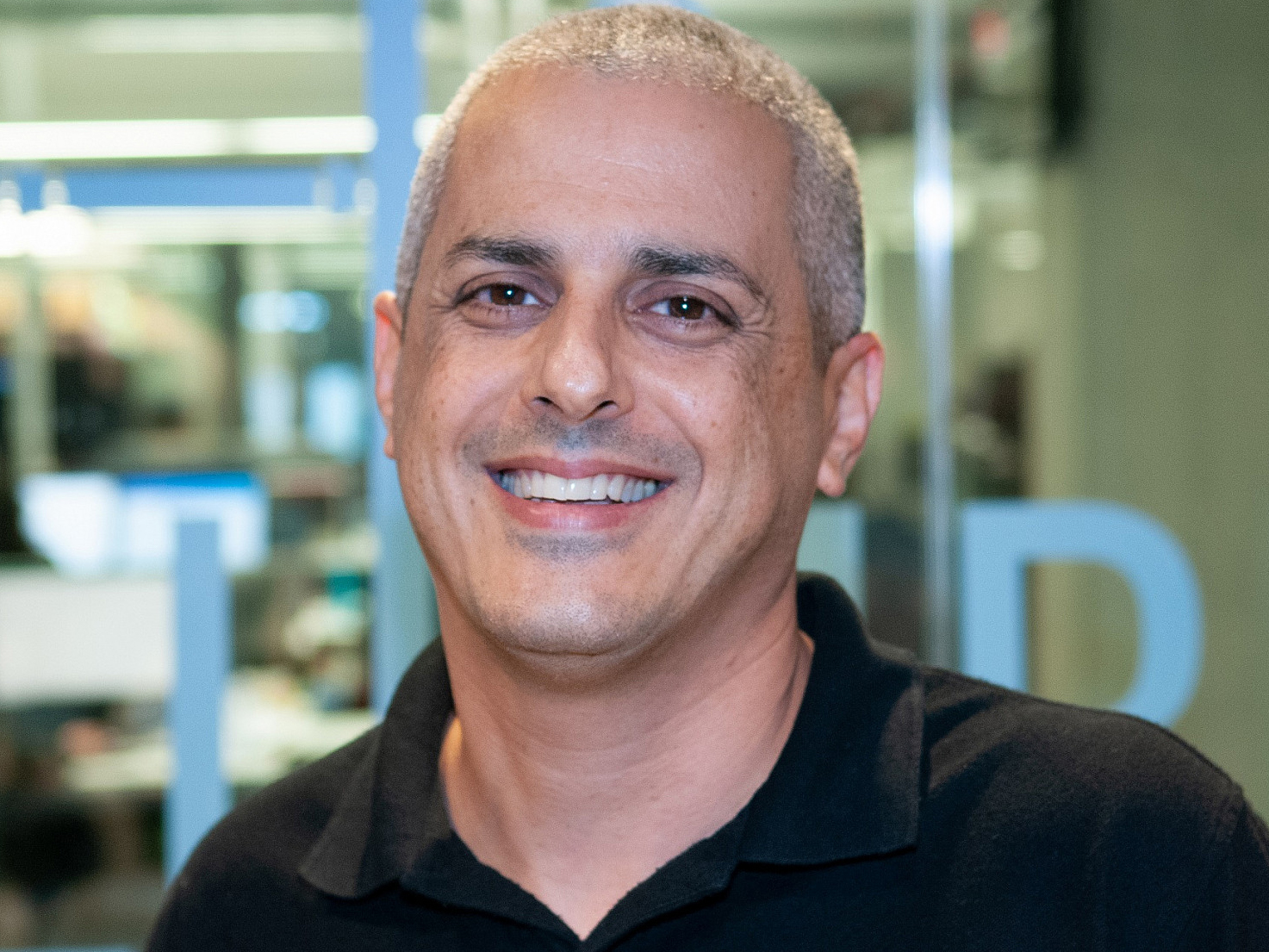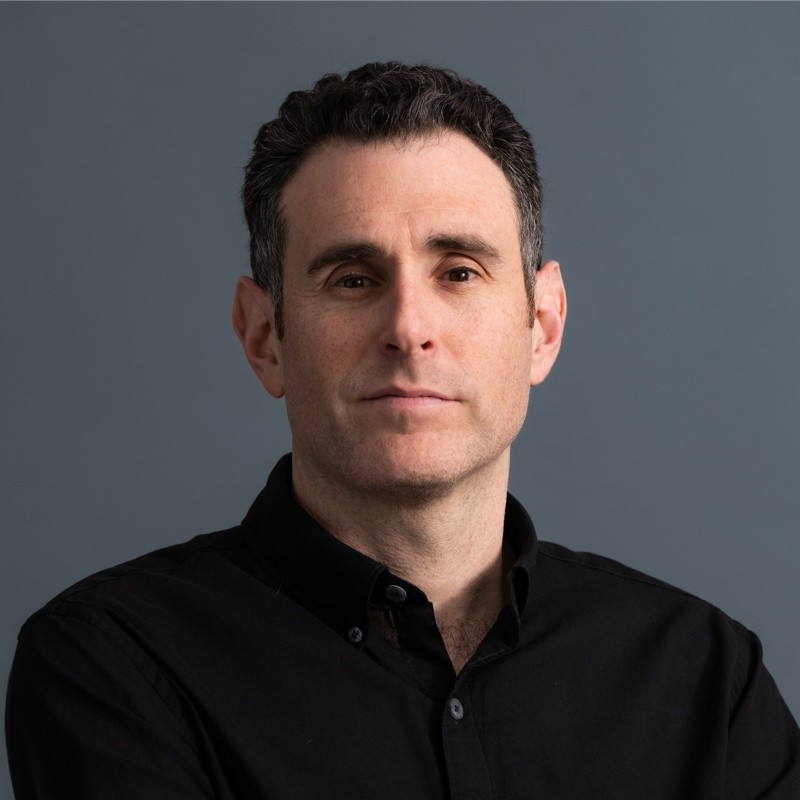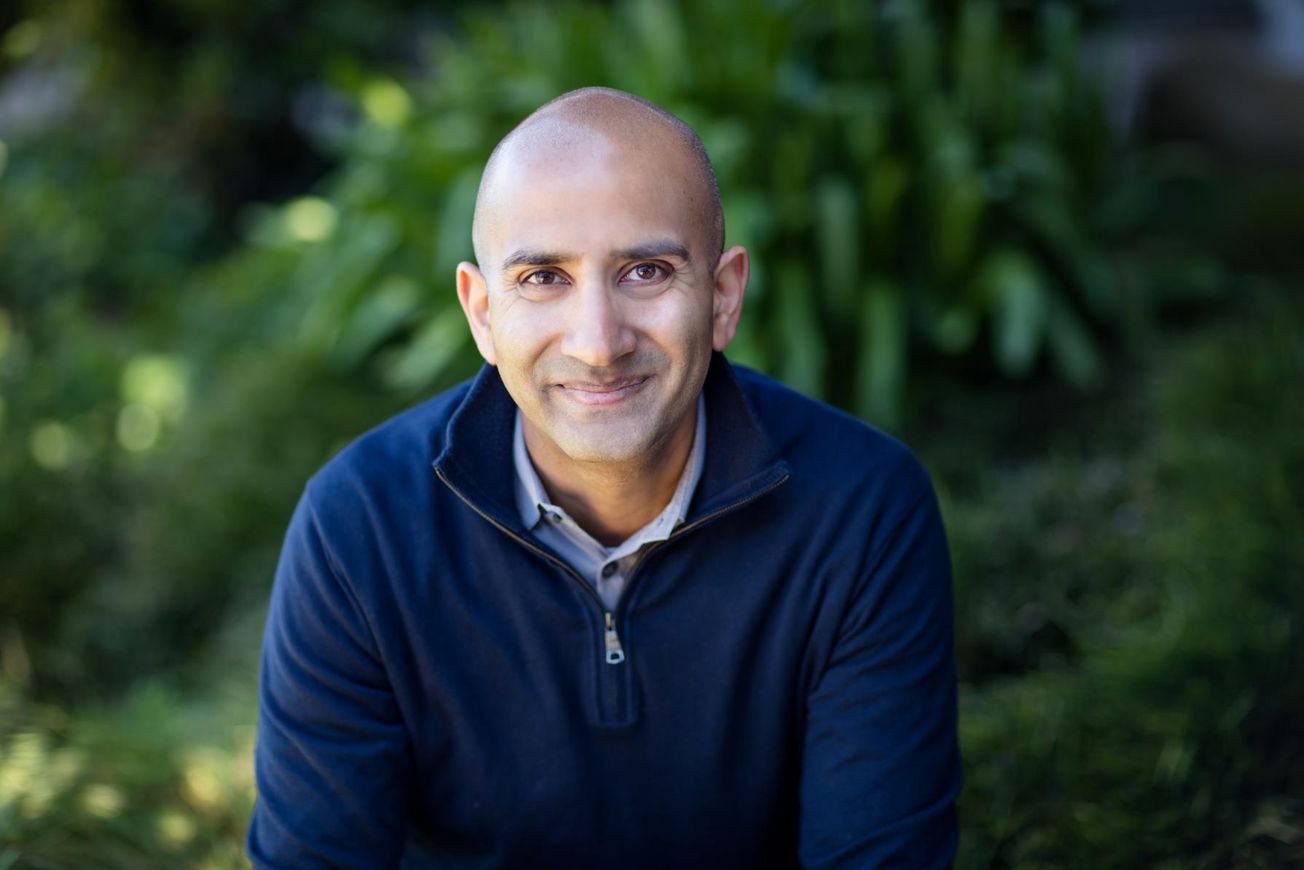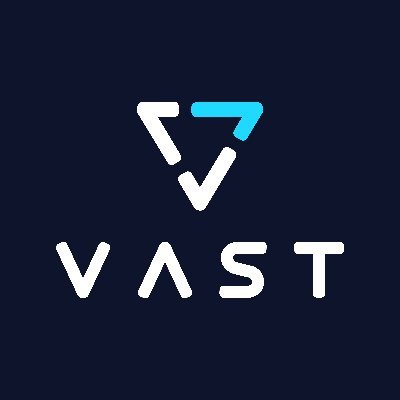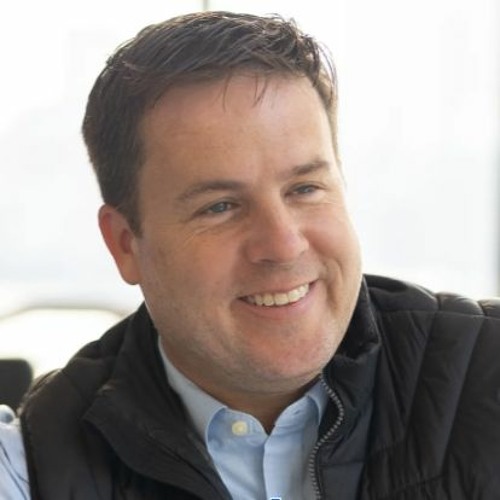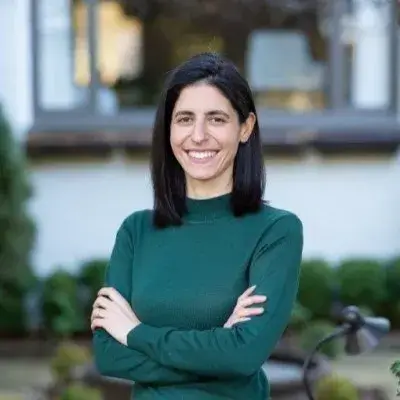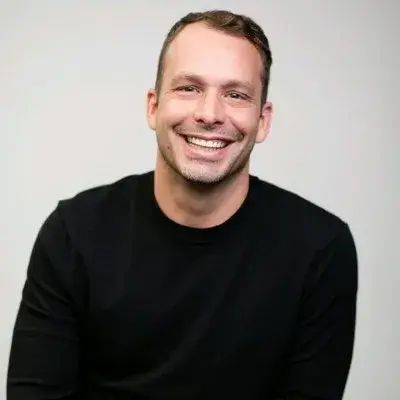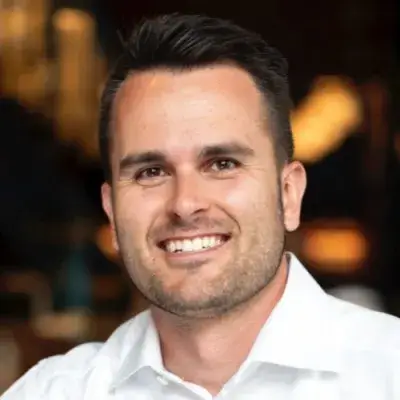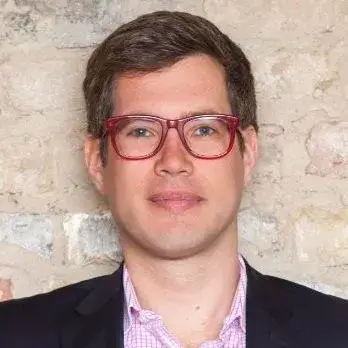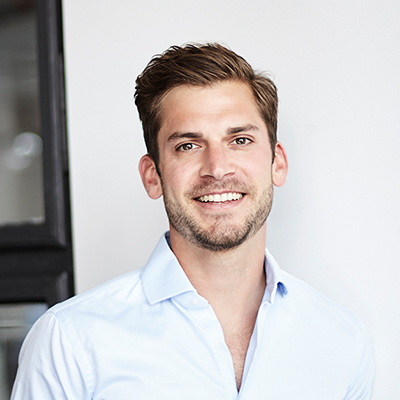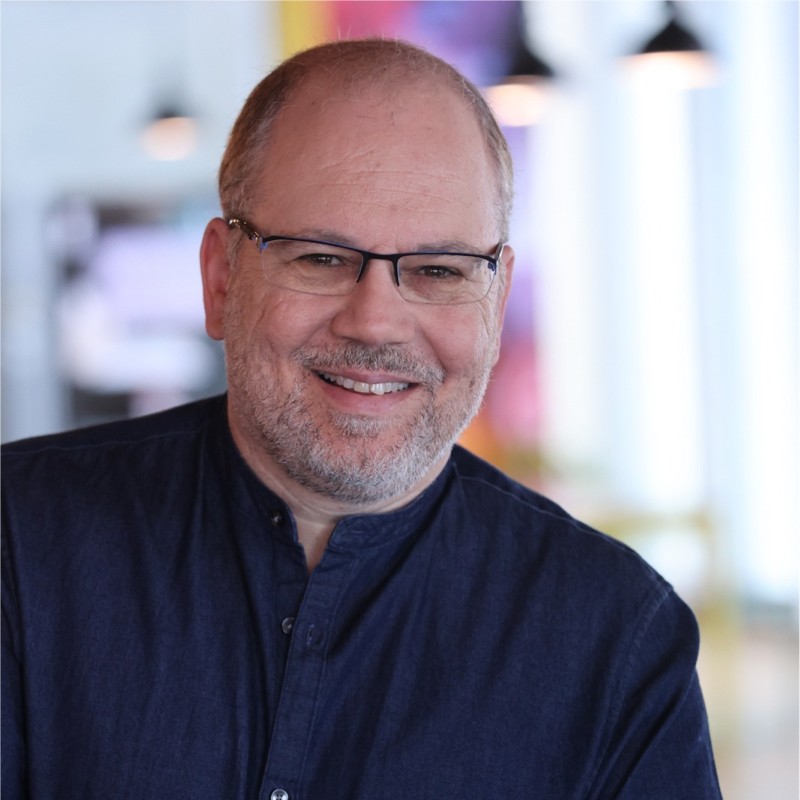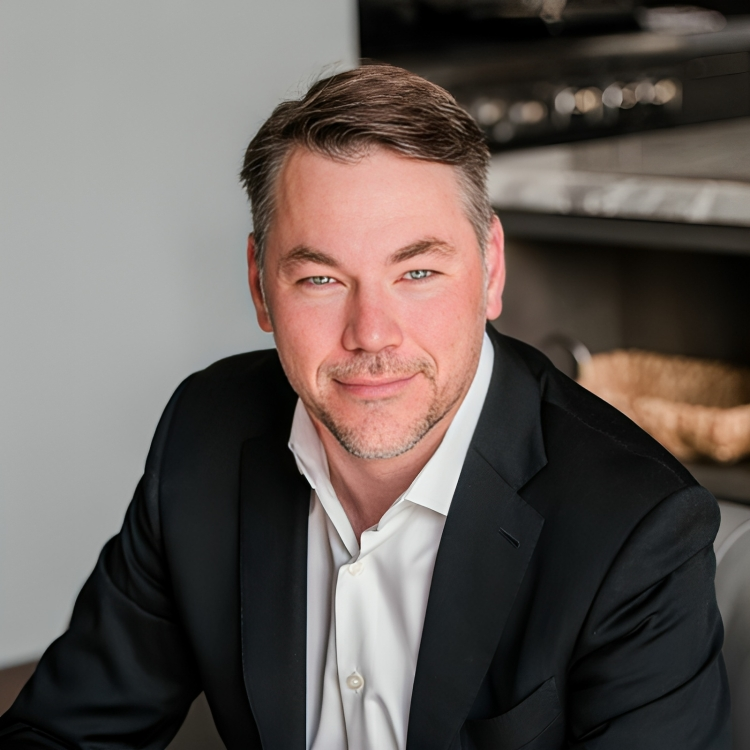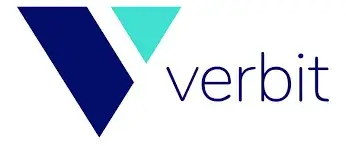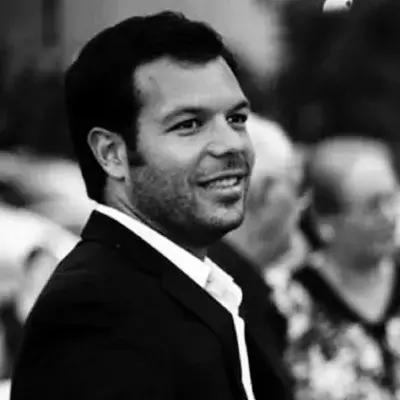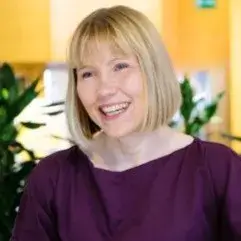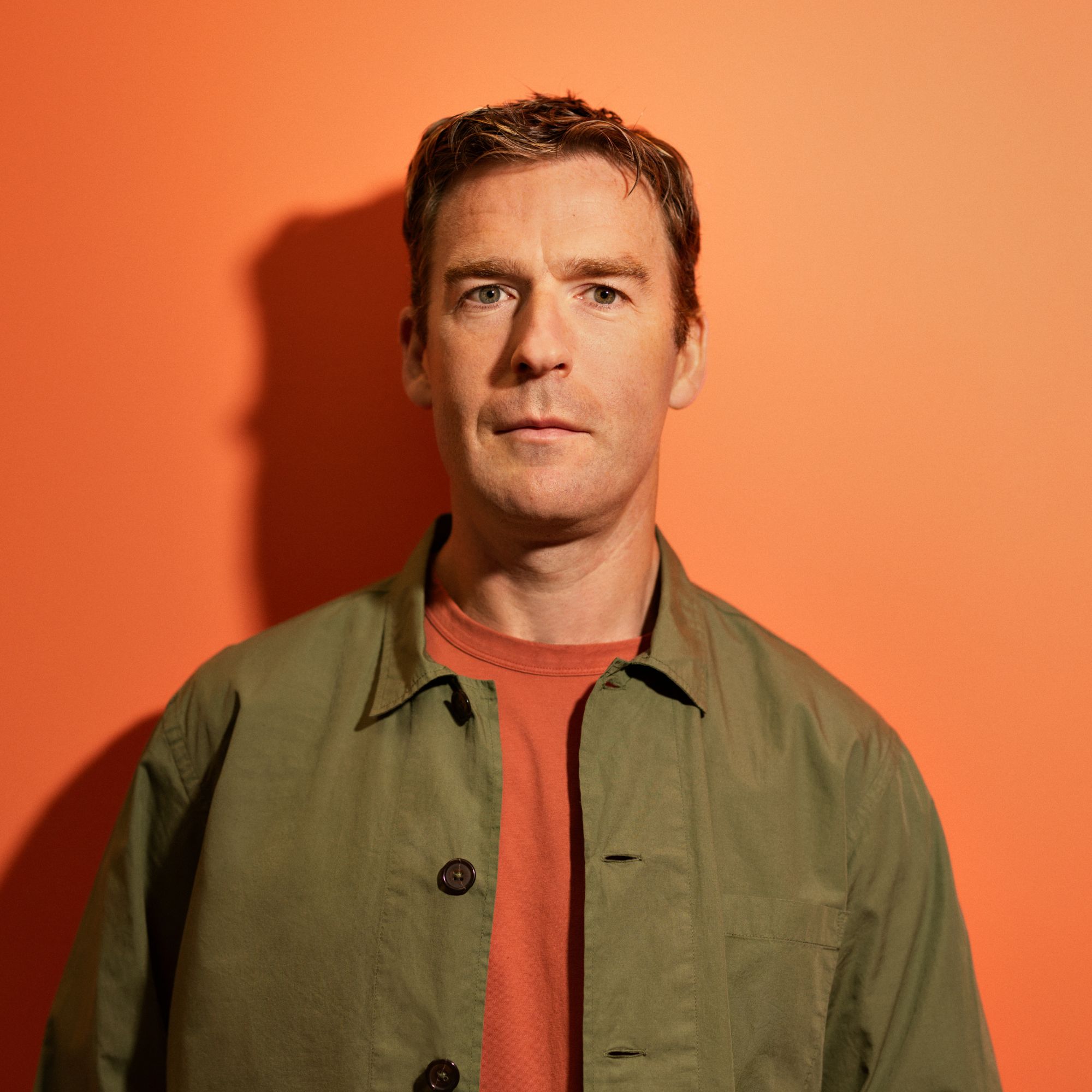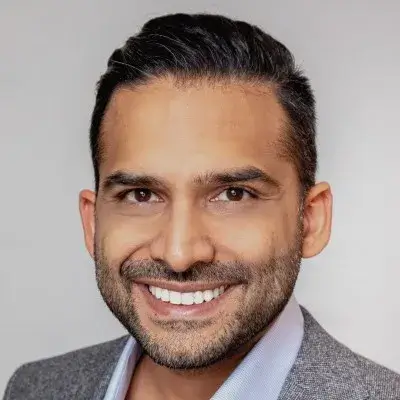Ready to build your own Founder-Led Growth engine? Book a Strategy Call
Frontlines.io | Where B2B Founders Talk GTM.
Strategic Communications Advisory For Visionary Founders
Actionable
Takeaways
Embed yourself in your partners' operations:
Kyle spent one day per week working inside early MSP partners' offices, learning their operations firsthand. This wasn't about reading case studies or hiring consultants—it was about feeling their pain directly. This approach gave him a decade-long competitive advantage in understanding how channel partners actually work. B2B founders should consider similar embedding strategies with their most important customers or partners to gain deep operational insights.
Solve the financial equation, not just the technical problem:
The pivotal moment came when partner Toby asked Kyle, "How do I buy your product and still afford a boat?" This forced Kyle to understand that partners need to make money, not just deliver value. He learned to articulate exactly how Huntress reduced cost of goods sold, improved talent retention, and created 50% margins for partners. B2B founders must understand their partners' or customers' complete financial picture and show how their solution improves profitability.
Build for multi-tenancy from day one:
Kyle discovered that partners need to segment customers with individual dashboards, role-based access, and custom reporting. Bolting on multi-tenancy later creates crushing technical debt that can force architecture rebuilds. B2B founders building channel-based solutions must architect for multi-tenancy from the beginning, regardless of how simple their initial product seems.
Communicate your evolution or risk being trapped by early positioning:
Huntress's biggest mistake was building capability to serve 10,000+ employee companies while still being perceived as only serving 50-person companies. This positioning hurt valuations, deal wins, and prevented prospects from seeing themselves in Huntress's mission. B2B founders must actively communicate their expanding capabilities and market position as they grow, not assume the market will figure it out.
Hire people better than you or prepare to be replaced:
Kyle's most direct advice to founders is that rapid growth requires constantly "stepping over corpses" of good people who can't scale fast enough. He warns new executives that they must work both "in" and "on" the business simultaneously, or risk being replaced every 18-24 months. B2B founders should set clear expectations about growth pace and hire people who are already ahead of the company's current needs.
Maintain speed as a cultural imperative:
Kyle's "send it" philosophy isn't just about moving fast—it's about maintaining the ability to prioritize customer emergencies over process. He argues that losing this speed is symptomatic of deeper cultural rot including too much bureaucracy and mission drift. B2B founders must evangelize speed and directness throughout their organization, especially as they add layers of management.
Conversation
Highlights
The $200M Lesson: How Huntress Built a Cybersecurity Empire by Solving the Partnership Equation
Most cybersecurity companies chase Fortune 500 enterprises. Kyle Hanslovan did the opposite—and built a company approaching $200 million in annual recurring revenue by protecting the other 99%.
In a recent episode of Unicorn Builders, Kyle, CEO and Co-Founder of Huntress, revealed how a single conversation with an MSP partner named Toby transformed their entire business model and set them on a path to protecting over 175,000 businesses worldwide.
The Pivot That Changed Everything
In 2015, Kyle faced a brutal reality. His initial approach of selling cybersecurity directly to small businesses was failing spectacularly. “I called a whole bunch of these direct businesses,” Kyle recalls. “And for some reason I didn’t just listen that it was like we don’t have an IT department, you should do this.”
The problem wasn’t the product—it was the buyer. Small businesses didn’t have IT departments to evaluate and implement cybersecurity solutions. They outsourced that responsibility to Managed Service Providers (MSPs).
Instead of continuing to bang his head against the wall, Kyle made a decision that would define Huntress’s future: embed himself directly in his partners’ operations.
“I offered when I had a lot more free time at like the early stages of entrepreneurship as a founder, I offered to work in their office for like one day a week,” Kyle explains. “And I learned their operations, I learned how they did partnership.”
This wasn’t about reading case studies or hiring consultants. It was about feeling the pain firsthand.
The Boat Conversation
The breakthrough came during a conversation with Toby, one of Kyle’s earliest MSP partners. As spring approached, Toby delivered a message that would reshape how Kyle thought about partnerships entirely.
“Kyle, I love what you’re doing but I think you’re forgetting like cybersecurity isn’t just about delivering value. I have to make money on it,” Toby said. “And I said what? Like is it enough that I’m helping give you access to talent you don’t have?”
Then Toby asked the question that changed everything: “Explain to me, when spring rolls around, I’m going to buy a boat. But if I buy your product, Kyle, you’re taking the money away from my boat. How do I buy your product and still afford a boat at the end of this year?”
Kyle realized he wasn’t just selling cybersecurity—he was solving a financial equation.
Building the Partner-First Model
The revelation forced Kyle to completely reimagine his value proposition. It wasn’t enough to provide great technology; he needed to make his partners more profitable.
Kyle discovered that MSPs struggled with talent retention. “Our best MSPs, they couldn’t retain the really good tech talent. The really good tech talent wanted to go work for, like, you know, a major enterprise player.”
The solution became a three-part equation:
First, reduce the partner’s cost of goods sold by handling mundane cybersecurity tasks that typically required expensive talent. Second, free up their best technicians to work on revenue-generating projects that would improve retention. Third, create a margin structure that made the partnership profitable.
“I came up with the agreement that I couldn’t give him free margin. There’s no free margin in this business,” Kyle explains. “But I could tell him, Toby, if you could own all of my sales… I’m going to give you. And we gave those folks up to 50% of our margin.”
The result? Toby could buy the product for $2.50 and resell it for $5.00 while simultaneously growing his business and improving his bottom line.
“And I’m growing his top line, protecting his bottom line, solving his business problems. Toby is buying a boat this spring,” Kyle says.
The Architecture of Partnership Success
Kyle’s week-long embedment in MSP offices revealed critical technical requirements that most SaaS companies miss when building for channel partners.
“If you’re going to work for a partner, you need to sometimes be able like you can’t just give them one dashboard, you need to have multi tenancy,” Kyle discovered. Partners needed to segment customers with individual dashboards, role-based access control, and custom reporting.
More importantly, Kyle learned that partners needed to answer one critical question for their customers: “What have I done for you lately?”
“That’s like 49% of the businesses explaining what you did, 51% is still delivering the value,” Kyle notes. “But no joke, I put that close of a near 50 split and I think most people miss that.”
The technical architecture decision proved prescient. “If you don’t build that in the early days and you have to later bolt on multi tenancy, you’re going to inherit so much technical debt,” Kyle warns.
The Positioning Trap
Success created an unexpected problem. As Huntress grew from protecting 50-employee companies to serving enterprises with 50,000 employees, they never communicated this evolution to the market.
Kyle calls this their biggest mistake: “We didn’t tell anybody that we could move upstream. So even to this day, some of the biggest analysts in the market… they’re like, hey, I’ve heard you only can protect 50 employee companies.”
The positioning trap hurt them in multiple ways. “My valuation’s been hurt by it, my ability to win deals sometimes has been hurt by it. And most importantly, people we could have been protecting didn’t even see their type of company in our mission statement.”
The lesson was painful but clear: building capability isn’t enough if the market doesn’t understand your evolution.
Scaling the Culture
Today, with 550 employees and approaching $200 million in revenue, Kyle faces a different challenge: maintaining the “send it” culture that made Huntress successful in the first place.
“You cannot lose your ability to send it,” Kyle emphasizes. “That’s kind of like the move fast and break things. But I actually mean your ability to move fast doesn’t mean move reckless.”
Kyle’s solution involves radical candor and what he calls “stepping over corpses”—a harsh reality of hypergrowth companies.
“In a true fast growing company, the average leader, even if they come on board today and you are doing a million in revenue and you guys quickly grow 2x3x in the next 18 months, you are probably not the same company at 1 million in revenue that you are in 5,” Kyle explains.
“Most people cannot grow fast enough… because they’re executing, they’re working in the business. And only if you make time to work on the business do you scale.”
The Billion-Dollar Vision
Despite crossing the unicorn threshold and achieving centaur status ($100M+ ARR), Kyle remains focused on the long-term mission.
“For us, there are 300 million of these companies that fall below the Fortune 500. Call it a poverty line,” Kyle says. “And so for us right now, it’s still very focused. How do I go from Fortune 500 beyond the Fortune 5 million.”
Kyle’s attitude toward potential liquidity events reflects this long-term thinking: “I really don’t give a shit about ringing the bell. I mean, for me, it’s one of those. It’s a marketing event, It’s a validation event.”
With 32 million SMBs in the US alone and only 300,000 currently protected, Kyle sees decades of work ahead. “Like, I’m nowhere close to having my mission done.”
The Deeper Lesson
Huntress’s journey reveals a fundamental truth about B2B partnerships: success isn’t just about building great technology—it’s about solving the complete business equation for your partners.
Kyle’s willingness to embed himself in partner operations, understand their financial pressures, and architect solutions that made them more profitable created a sustainable competitive advantage that has lasted nearly a decade.
“This is why I have 97% plus retention,” Kyle notes. “If they get rid of me, it makes their business worse. And keeping me makes their business work.”
For B2B founders, the lesson is clear: don’t just build for your end users—build for the entire ecosystem that serves them. Understanding how your partners make money, retain talent, and grow their businesses is as important as understanding your own product-market fit.
As Kyle learned from Toby’s boat question, sometimes the most important insights come from the most unexpected places. The key is being willing to listen—and embed yourself deep enough to hear them.






